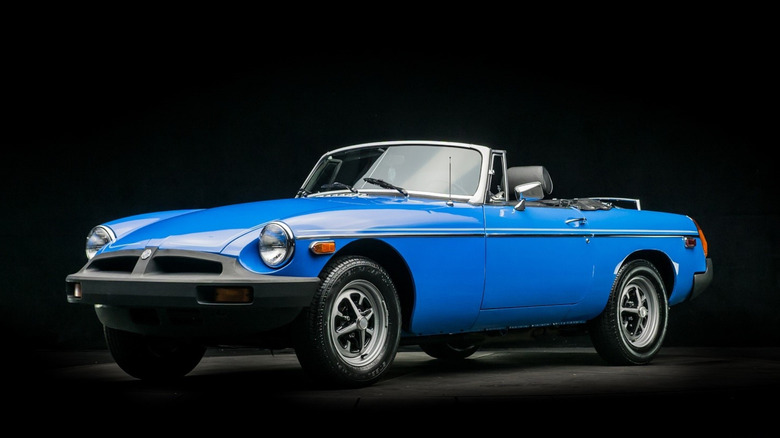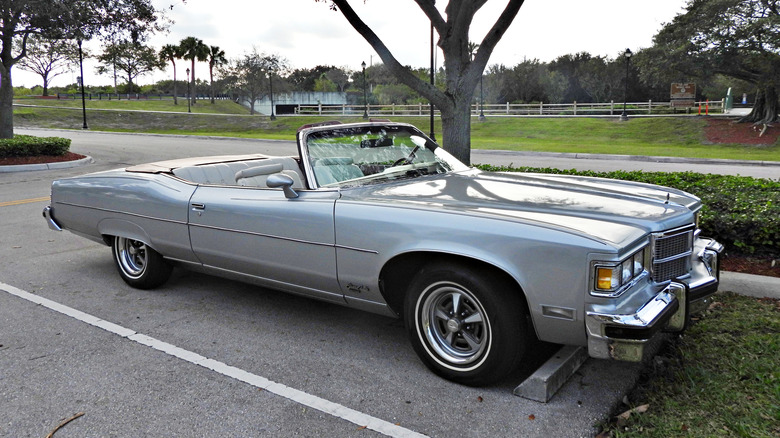What Is The 5 MPH Bumper Rule And Is It Still In Place Today?
The 5 mph bumper rule was part of NHTSA Federal Motor Vehicle Safety Standard No. 215, Exterior Protection. It went into effect in September of 1972, coinciding with the 1973 model year for vehicles. Standard No. 215 mandated that a car's bumpers must protect lighting systems and safety-related equipment from a 5 mph direct front impact or a 2.5 mph direct rear impact.
Most imported cars did not display significant differences between their 1972 and 1973 models, simply moving their existing bumpers farther out from their bodies. Many American cars did more than that for the 1973 model year, removing any lighting elements that were located in, or on the bumpers, and moving them onto the car's body.
Model year 1974 saw another change to the bumper standard, one which produced a significant change in nearly every car's appearance. This was due to a requirement that mandated a car's lighting systems to remain intact after a 5 mph impact, both front and rear and from any possible angle, not just a direct head-on hit. This new requirement required major vehicular surgery, not always producing the most pleasing visual appearance on cars produced during the 1974 model year and beyond.
Some notably ugly examples include the rubber nosepiece added to the front of the MGB, one of the best MG cars ever made (shown above), the black rubber handlebar moustache on the iconic Lamborghini Countach, and the majority of American cars that were carryover designs, many of which had huge chrome bumpers grafted on front and rear.
Is the 5 MPH bumper rule still in place today?
The status of 5-mph bumper regulations changed in May of 1982, when the administration of President Ronald Reagan amended the standard that had been in effect. Going forward, car bumpers would need to protect a car's lighting systems after a 2.5-mph impact, while protecting from corner impacts up to 1.5 mph. This change allowed the vehicle manufacturers to save money by no longer needing to add items like bumper-mounted shock absorbers, savings which they promised to pass on to customers when the given car line was redesigned in the future.
The good news was that, over time, stylists got much better at producing more visually pleasing vehicles that also met the bumper standards of the time. General Motors, whose Pontiac division had previously used its body-color Endura material as a signature design feature on the GTO and other vehicles, used it to good effect on the first generation of the Pontiac Grand Am, made from 1973 to 1975.
The new-for-1975 Chevrolet Monza 2+2 used a molded urethane front fascia, even though it also had a chrome-trimmed black rubber bumper grafted on top of that. These attempts to better integrate a car's bumpers into its overall design presaged current styling trends, and today's body-colored, single-piece molded front and rear fascias have taken the place of the tacked-on safety bumpers of the 1970s and early 1980s.

